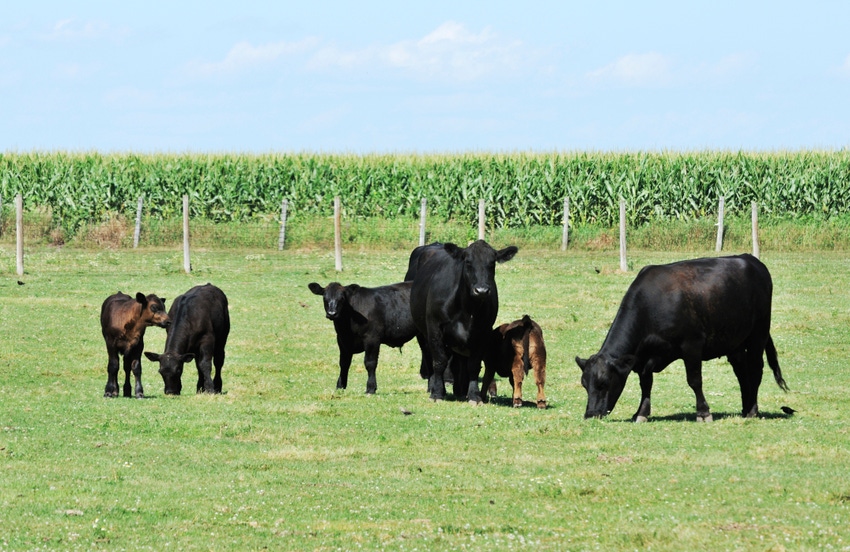Most key growing regions will expand as global demand remains key to moving product.

Global beef production will be stable, with only slight growth expected in 2020, according to Rabobank’s recently released "Global Animal Protein Outlook."
According to the report, beef production in North America is reaching a peak, with only marginal growth projected for 2020. Beef exports will remain important, since beef consumption is flat, but the overall shortage in the global animal protein supply will likely aid in moving product.
Rabobank expects U.S. beef production in 2020 to be up slightly, by less than 1%. Non-fed slaughter could also be up a little as a result of liquidation. As such, Rabobank said the calf crop is expected to be slightly lower, reflecting weather conditions at calving and in spring.
The report also forecasts that carcass weights will return to trend, offsetting any reduction in numbers.
“With only a fractional increase in production and solid exports, U.S. fed cattle prices are expected to change little,” the bank noted. “We expect a spring high of $128-130/cwt. and a summer low of $100-105/cwt.”
U.S. domestic demand should remain strong, especially for high-quality product, the report said, and exports should be supported by resolved trade issues.
Rabobank projects both Canadian and Mexican beef production to be flat in 2020.
Brazil's beef production and exports, on the other hand, will grow, the outlook suggested, adding that calf prices will soar. Rabobank forecasts beef production to rise 3.5% in 2020, following an increase of about 2% in 2019. This represents strong continued growth over a four-year period, the bank noted.
Despite a reduction in exports to Hong Kong, the main destination for Brazil's beef in 2018, another export record is expected in 2020, since China has increased imports, which are expected to rise further by 10% in 2020.
Argentina’s beef industry is doing well, despite an economic crisis that has directly affected the country’s beef sector, the outlook said.
“With an interest rate of around 80%, producers are without access to bank credit. As a result, slaughter has intensified, especially for females, to take advantage of strong Chinese export demand and attractive margins,” Rabobank said.
In addition, the bank said domestic consumption is likely to decline for another year. On the export side, Rabobank said assuming no change in policy, Argentina will increase its beef exports by about 9% in 2020. China will account for roughly 70% of those shipments.
Continuing dry conditions in Australia forced further liquidation of cattle in 2019, leading the country to face its lowest inventory in more than 20 years. Rabobank said this will limit exports and keep prices strong. However, the report suggested that low stocks and improved seasonal conditions will lead to reductions in slaughter, production and exports in 2020. “Demand from global markets will continue to support prices in 2020, and any improvement in seasonal conditions will generate significant upside for livestock prices,” the report said.
New Zealand’s beef production is only expected to increase marginally in 2020, up 2%, according to the report. This follows a small lift of 2.6% in national beef cattle herd numbers over the last 12 months.
“A significant jump in demand from China, which has overtaken the U.S. as New Zealand’s largest export market, will continue to put upward pressure on export returns and underpin farm-gate pricing at levels equal to or above those received in 2019,” Rabobank explained.
Limited availability of New Zealand supplies, combined with an expected easing of the New Zealand dollar, will underpin returns from the U.S. market, Rabobank suggested.
Association of Southeast Asian Nations beef import dependence will expand to 50% of consumption in 2020 versus 49% in 2019 – despite a 1.3% rise in 2020 production to 1.48 million metric tons. Indonesia remains the largest market and will see the most imports, followed by Vietnam and the Philippines, Rabobank noted.
About the Author(s)
You May Also Like



.png?width=300&auto=webp&quality=80&disable=upscale)

